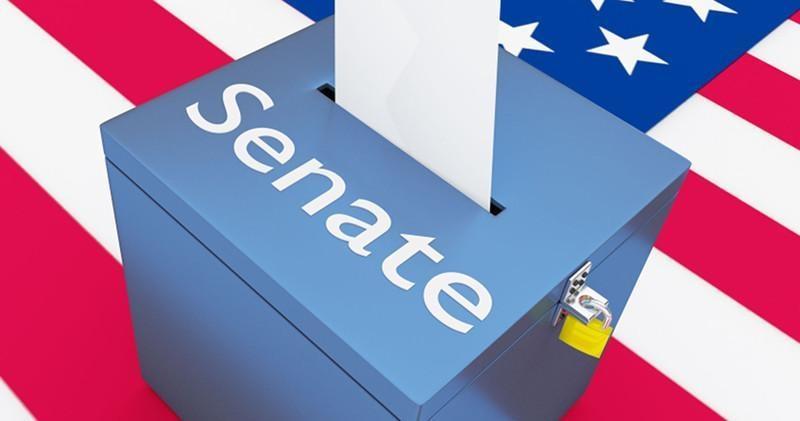
The races are still being finalized in the 2018 Senate elections, but we know the size of the incoming majority will be critical, because the 2020 Senate map offers limited initial takeover opportunities for both parties.
Of course, it’s too early to tell what the presidential race will look like, how voters will feel about the economy and direction of the country, and whether they’ll believe more Democrats are needed in Washington.
The next class of senators was last elected in 2014 — a great midterm year for Republicans in which they gained nine seats. But the consequence of having a good year in the Senate is having to defend those seats six years later. Republicans will be playing more defense next cycle, defending at least 21 Senate seats while Democrats will be defending 12 — the opposite dynamic from this cycle.
The shape of the presidential race matters, considering 2016 was the first time in the history of popularly elected senators that the Senate outcomes matched the presidential outcomes in every state. If you apply the 2016 presidential results to the 2020 Senate class, the result is no net change. Using the 2012 presidential results as a guide, Democrats would gain two Senate seats by losing Alabama and picking up Colorado, Maine, and Iowa. If the 2008 presidential results applied, Democrats would gain three seats by losing Alabama and taking over Colorado, Iowa, Maine, and North Carolina.
Usually the races are more complex and the size of the Senate playing field will also depend on retirements, recruitment and primaries, beyond the presidential map.
The Democrats
What immediately stands out about the 2020 Senate landscape is the initial lack of vulnerable Democratic senators.
Doug Jones of Alabama is the only Democratic senator representing a state that Donald Trump and Mitt Romney carried in the last two presidential elections. Jones was elected in a December 2017 special election with 50 percent over Roy Moore, who had significant baggage from his past. Jones will start as an underdog in his re-election race.
Gary Peters of Michigan is the only other Democratic senator from a state that Trump won in 2016 (albeit with 47.5 percent). But Obama carried Michigan with 54 percent and we saw in 2018 that most of the Democratic senators from states Trump carried narrowly were at limited risk. (And a Democrat won the governorship in Michigan on Tuesday night.)
At least two Democratic senators who are up for re-election are eyeing presidential bids: Cory Booker of New Jersey and Jeff Merkley of Oregon. If they chose to give up their seats to focus on the White House, competitive primaries would likely ensue, but Democrats would start as favorites to hold both states.
Most of the action on the Democratic side could be in primaries to take on GOP senators. Senate Democrats largely avoided them this cycle because they had savvy incumbents...

